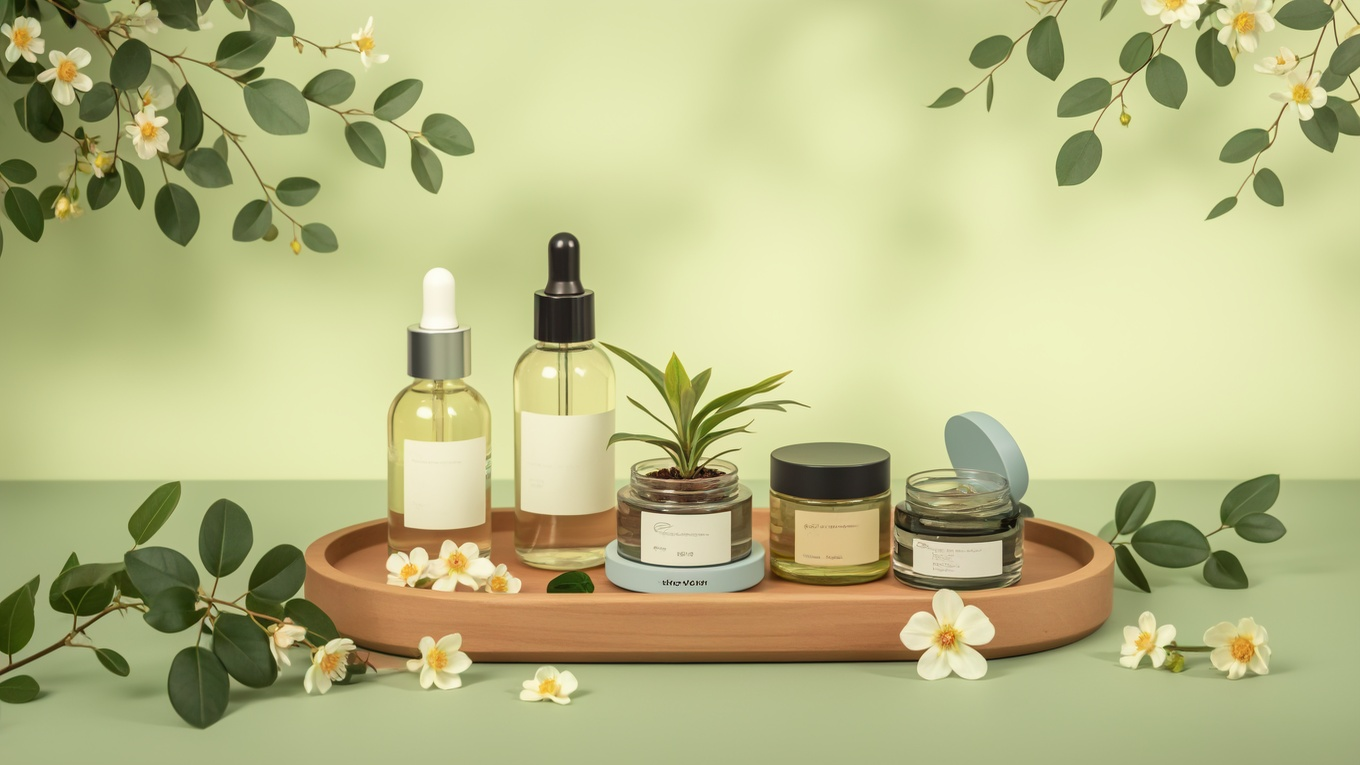The global beauty industry is booming, with China emerging as a top supplier of innovative and high-quality cosmetic products. However, importing cosmetics from China to the U.S. and EU involves navigating complex shipping logistics and strict customs regulations. This guide provides valuable insights and practical tips to streamline the process of importing cosmetics, ensuring compliance and success in these lucrative markets.
Understanding the Regulatory Landscape
U.S. Regulations
In the United States, cosmetics importers must comply with the Federal Food, Drug, and Cosmetic Act (FD&C Act) and the Fair Packaging and Labeling Act (FPLA). While the FDA does not require pre-approval for most cosmetics, color additives require specific approval. Importers must ensure that products are safe and free from prohibited substances. Proper labeling is crucial, as incorrect labels can lead to customs delays or product refusal.
EU Regulations
For the European Union, Regulation (EC) No 1223/2009 mandates that cosmetics must be registered in the Cosmetic Products Notification Portal (CPNP) and meet stringent safety standards. Importers must provide a Cosmetic Product Safety Report (CPSR) and ensure products are labeled correctly. The EU also prohibits the sale of cosmetics tested on animals, a key consideration when sourcing from China.
Selecting the Right Supplier
Finding a reliable supplier is critical. Platforms like Alibaba and Global Sources offer access to numerous manufacturers. When choosing a supplier, consider their production capabilities, quality management systems, and compliance with international standards. Building a strong relationship with your supplier can ensure smoother transactions and better outcomes.
Tips for Supplier Selection
- Due Diligence: Research potential suppliers thoroughly and verify their compliance with GMP (Good Manufacturing Practice) standards.
- Communication: Establish clear communication channels to overcome potential language barriers.
- Negotiation: Use effective negotiation strategies to secure favorable terms and pricing.
Shipping Logistics and Methods
Shipping cosmetics from China involves selecting the right transportation method based on cost, delivery time, and product safety.
Air Freight
Air freight is ideal for time-sensitive shipments, offering transit times of 1-7 days. It's suitable for high-value, smaller volumes of cosmetics. However, it is more expensive than sea freight.
Sea Freight
Sea freight is a cost-effective option for larger shipments, with transit times of 3-6 weeks. It requires careful packaging to prevent damage and compliance with customs clearance procedures.
DDP Shipping
Delivered Duty Paid (DDP) shipping simplifies the process by having the exporter handle customs clearance and pay import duties. This method reduces hassle for importers and ensures compliance.
Navigating Customs Clearance
Understanding customs clearance procedures is vital to avoid delays and legal issues. Importers must be familiar with the types of taxes and duties applicable to cosmetics and ensure all documentation is accurate and complete.
Key Documentation
- Commercial Invoice: Details the transaction and product value.
- Packing List: Provides an itemized list of the shipment's contents.
- Bill of Lading: Serves as a receipt and contract for the transportation of goods.
Practical Tips for Successful Importing
- Compliance: Ensure all products meet the regulatory requirements of the destination country.
- Insurance: Secure appropriate insurance to protect against potential losses during transit.
- Tracking: Utilize tracking systems to monitor shipments and prevent delays.
Importing cosmetics from China to the U.S. and EU presents challenges, but with the right knowledge and preparation, it can be a profitable venture. By understanding regulations, selecting reliable suppliers, managing shipping logistics, and navigating customs clearance, importers can tap into the growing global beauty market successfully. Remember, the key to success lies in turning challenges into opportunities for growth. Here's to your success in the global beauty industry!
For more insights and assistance with your importing needs, consider consulting with industry experts or professional customs brokers.



